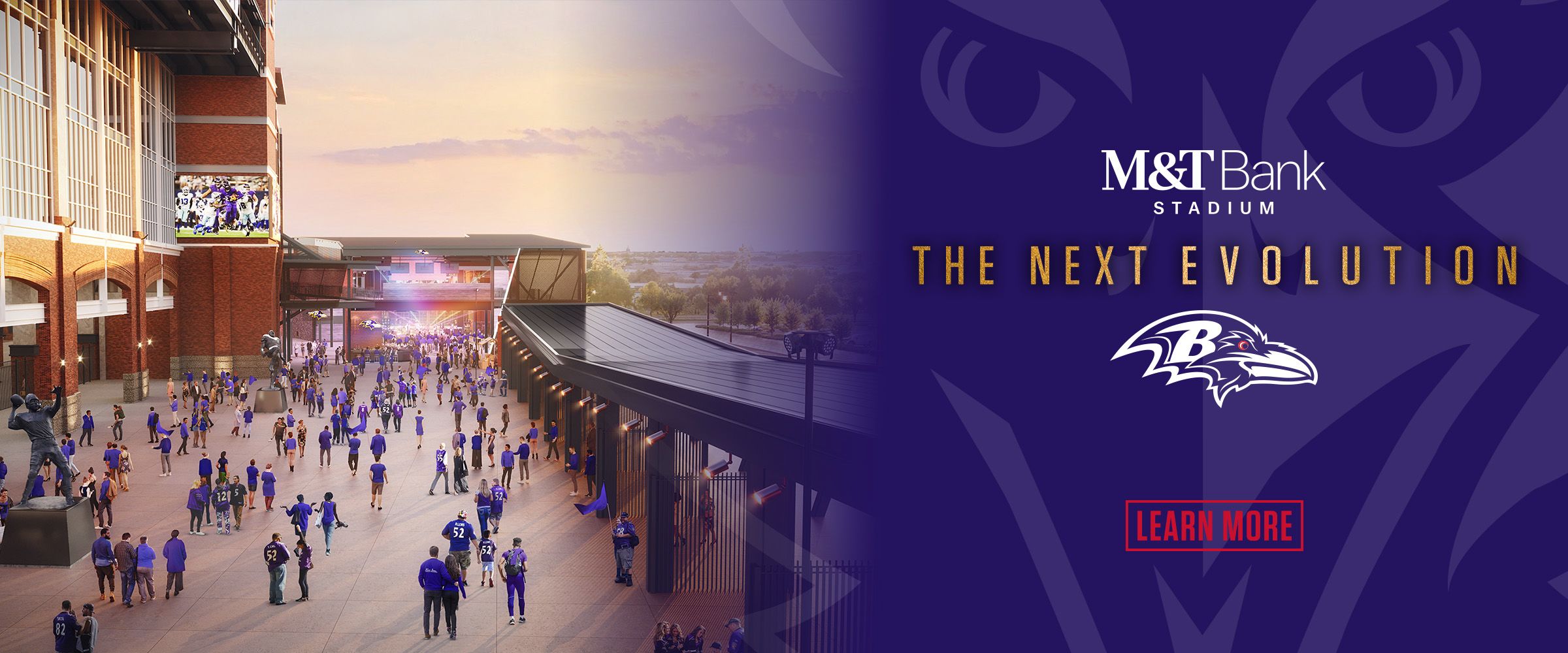Last year, before his first draft as the Ravens' general manager, Eric DeCosta made it a point to designate who sat where in the team's draft room.
Ozzie Newsome, the Ravens' longtime lieutenant, would remain at the head of the long table where he always sat. DeCosta, his right-hand man for more than 20 years, would still sit to Newsome's right.
This year, in light of the NFL’s announcement of a fully-virtual draft, DeCosta will be drafting remotely, physically separated from the packed room of his peers for the first time. As COVID-19 continues to alter plans around the league, the Ravens are adjusting on the fly – without complaint or any front-loaded excuses.
"There are some challenges associated [with COVID-19], nothing major, but we're excited about the opportunity, and we think it's going to work out well for us," DeCosta said.
The Ravens have been working diligently over the past two or three months to get ready for this draft. Now they're nearing the finish line of their preparation with a series of draft meetings this week, which will produce a finalized draft board. In that sense, it's like any other year.
The big difference is that this year's final meetings are taking place over Zoom, the group video chat app, instead of behind locked doors at the Under Armour Performance Center.
"I don't think [our draft preparation] is really going to be that much different from what we've been accustomed to," DeCosta said.
Emphasis on the tape, the tape, the tape
The Ravens have always been a team that trusts the tape first and foremost. That's the case even more now that they're separated from the athletes by well more than six feet.
"It's going to be old school. It's like the 80's have come back, and we're just going to sit here and watch tape," DeCosta said.
DeCosta said on "The Lounge" podcast that he planned to be more hands-on in this year's draft. So far, that's been scouting the tape – just like he did as he climbed the ranks of the Ravens' scouting department.
"It's been a lot of fun for me to just kind of grind every single day. I don't have a lot of people knocking at this door other than my kids when it's lunch time," DeCosta said with a smile.
"We just do our work, we watch these guys, we rank the players, we talk about their strengths and weaknesses, and that's what we've been given. We've been given that opportunity. We have that information, and we're going to use that information."
DeCosta is accustomed to walking into Newsome's office or Head Coach John Harbaugh's office across the hall to talk about a prospect. Now they call each other. DeCosta and Harbaugh live just down the street from each other, and though they haven't seen each other on any neighborhood walks, they're still in close contact.
"It hasn't been that bad, honestly," DeCosta said. "In some ways, I would say, getting used to the new Combine schedule was more challenging than this. We're on the phone more. I think I'm on the phone a lot more than I have been. Normally, people just walk into my office. Here they just call me, and I'm usually sitting right here watching tape."
Ability to find late-round or undrafted gems
If the Ravens couldn't have flown to Maine in 2017, would they have unearthed eventual Pro Bowl fullback Patrick Ricard?
What about the most accurate kicker in NFL history, Justin Tucker, in 2012?
Baltimore has a rich history of finding gems in the late rounds and undrafted process. On the current roster, undrafted standouts include Ricard, Tucker, center/guard Patrick Mekari, running back Gus Edwards, center Matt Skura and long snapper Morgan Cox.
DeCosta said he doesn't think the lack of pro day visits will "be a big factor for us" and Director of Player Personnel Joe Hortiz agreed.
"Historically, we've done a good job with the guys that aren't invited to the Combine and non-all-star guys," Hortiz said.
"Our scouts do a great job of getting the information from their sources at the schools – the trainers, the strength coaches. So, we have a lot of estimated 40 [-yard dash] times. Our analytics crew can help us with that as well. They do a great job of getting information, so I think we can get the information necessary."
Hortiz said the Ravens' coaches have already looked at players who didn't go to the Combine, and the scouting department has done a lot of work on them as well. Hortiz said the team's scouts are at schools throughout the fall, so there is already familiarity without a Pro Day.
"They're in HBCU's, they're in D-II's, and they're in D-III's. We have a number of guys who we've talked about over the course of this scouting season from those types of schools," Hortiz said. "So, they've been evaluated. Maybe we haven't been to their Pro Days, but again, our scouts do a great job of getting information."
Medical Re-Checks and Sorting Out Red Flags
The Ravens are a team that likes to have too much information. The depth in which they go is staggering.
Thus, in a time when information is harder to come by, getting the details on players that still have question marks is frustrating.
The Ravens already experienced the complications of medical examinations during free agency (Michael Brockers), and the lack of medical re-checks is throwing another wrench in the wheels.
Then there are players who may still have question marks that Baltimore was hoping to get answered at a pro day or official visit.
"There is going to be in this process probably some questions that we simply can't answer, and some of those questions may be about a players' personality, it might be about an injury that the player sustained, it could be a lack of a workout," DeCosta said.
"Whatever that might be, we have to figure it out. How do we value those unknowns, and what impact do those unknowns have on the process? That takes time. That's not easy for some of us who like to have as much information as possible."
DeCosta went old-school in his analogy once again, saying it was like it was 1996 all over again – before the Internet swarmed with information, evaluations, mock drafts and a host of other factoids about prospects just a click away. It was even before teams were allowed to bring 30 players to their facilities for official visits.
"How did we accomplish our goals?" DeCosta said. "I think some of our best drafts we've ever had were during that timeframe, so we know it can be done."



















